12 Ingredient Mistakes That Can Ruin Your Cake

Baking a cake can be a delightful endeavor, but even the smallest ingredient mistakes can lead to disappointing results. Understanding the common pitfalls when selecting and using ingredients will help ensure your cake turns out just right. From missteps with flour to unexpected blunders with fruit, each of these 12 items highlights a potential mishap in your baking journey. Whether you’re a seasoned baker or a newcomer to the kitchen, avoiding these errors will guide you in crafting a cake that’s both delicious and satisfying. Let’s explore these ingredient mistakes that could ruin your cake.
1. Miscalculating Flour
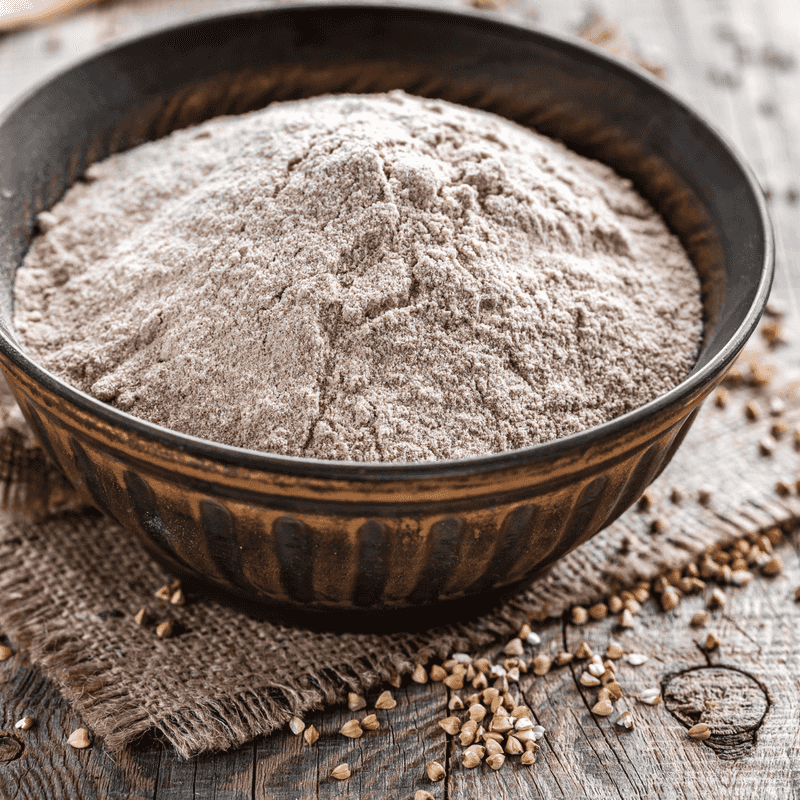
Flour may seem straightforward, but miscalculating its quantity can lead to a dense or crumbly cake. Too much flour can result in a heavy texture, while too little can cause the cake to fall apart. It’s essential to measure flour correctly by spooning it into the measuring cup and leveling it with a knife. Overpacking flour into the cup can add unnecessary weight. If you’re using a different type of flour like almond or coconut, adjustments may be needed as they have distinct properties. Always check your recipe’s specific recommendations. Avoiding these errors can make a significant difference in your cake’s outcome.
2. Using Stale Baking Powder
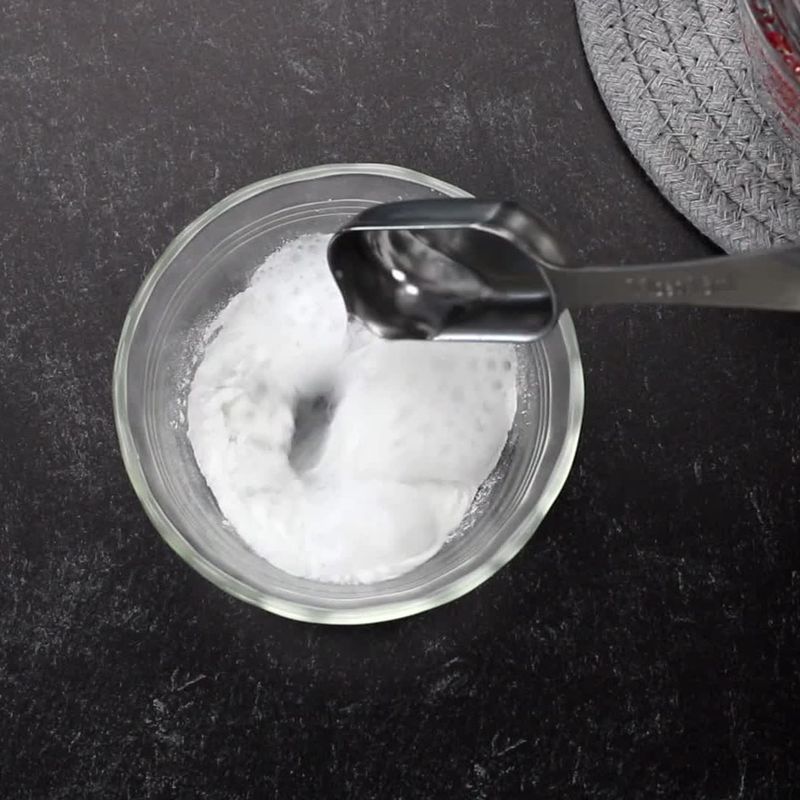
Baking powder is a leavening agent that can lose its effectiveness over time. Using stale baking powder will prevent your cake from rising properly. Always check the expiration date before using it. To test its potency, sprinkle a small amount in hot water; if it bubbles vigorously, it’s still effective. If not, it’s time to replace it. Consider storing baking powder in a cool, dry place to maintain its freshness. Keeping an eye on this seemingly minor detail ensures that your cake rises to the occasion, providing the light and fluffy texture desired.
3. Incorrect Sugar Type
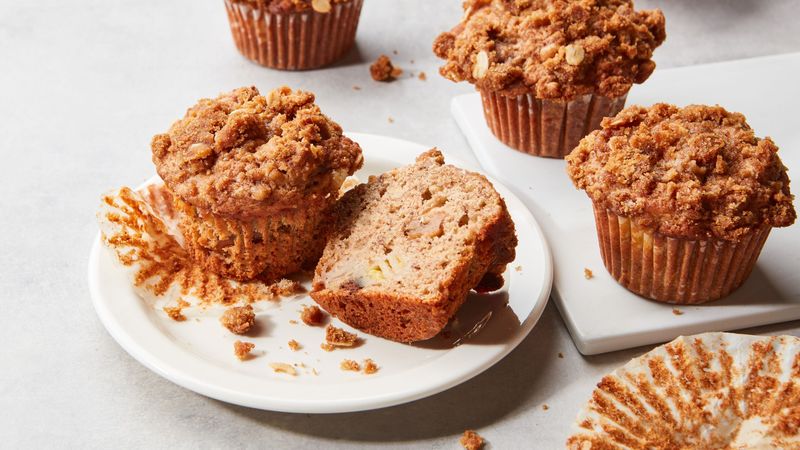
Not all sugars are the same, and using the incorrect one can alter the texture and flavor of your cake. Granulated sugar is the most common choice, but brown sugar adds moisture and a richer taste. Powdered sugar, on the other hand, is best reserved for icing. If a recipe specifies a particular type of sugar, stick to it. Substituting one for another might seem harmless, but it can lead to unexpected results. Understanding the characteristics of different sugars will aid in achieving the desired sweetness and texture. This attention to detail ensures a delightful baking experience.
4. Overripe Bananas
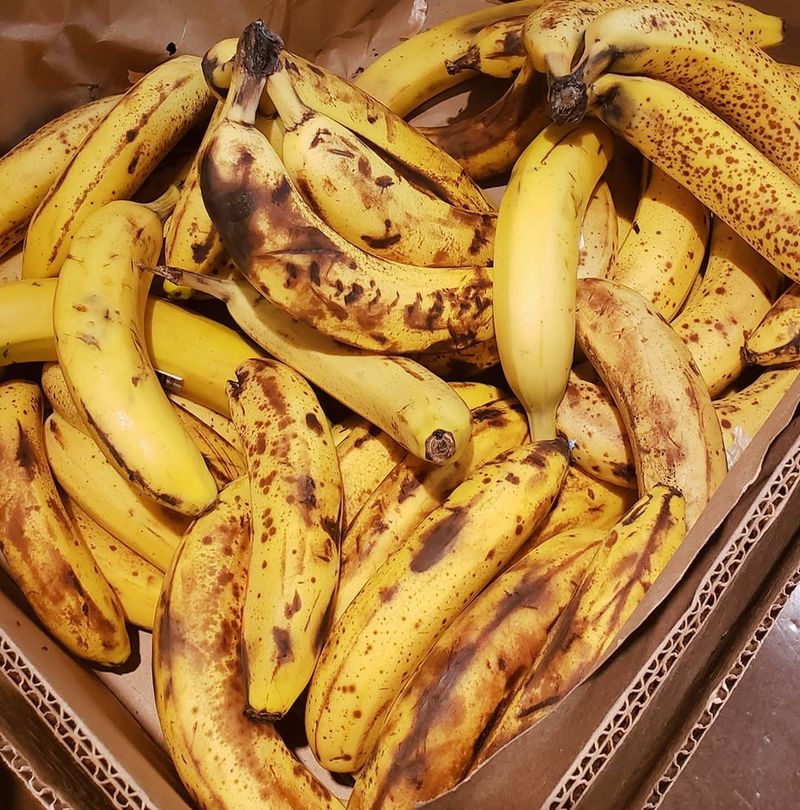
While using ripe bananas is ideal for banana bread, overripe bananas can introduce too much moisture to a cake. This excess moisture can lead to a soggy texture, far from the desired outcome. When integrating bananas into a cake recipe, ensure they are ripe but not overly so. Look for bananas that have just a few brown spots. If they are too mushy, consider using them in smoothies instead. Keeping an eye on banana ripeness can save your cake from unwanted sogginess and enhance the flavor profile in just the right way.
5. Neglecting Cocoa Quality
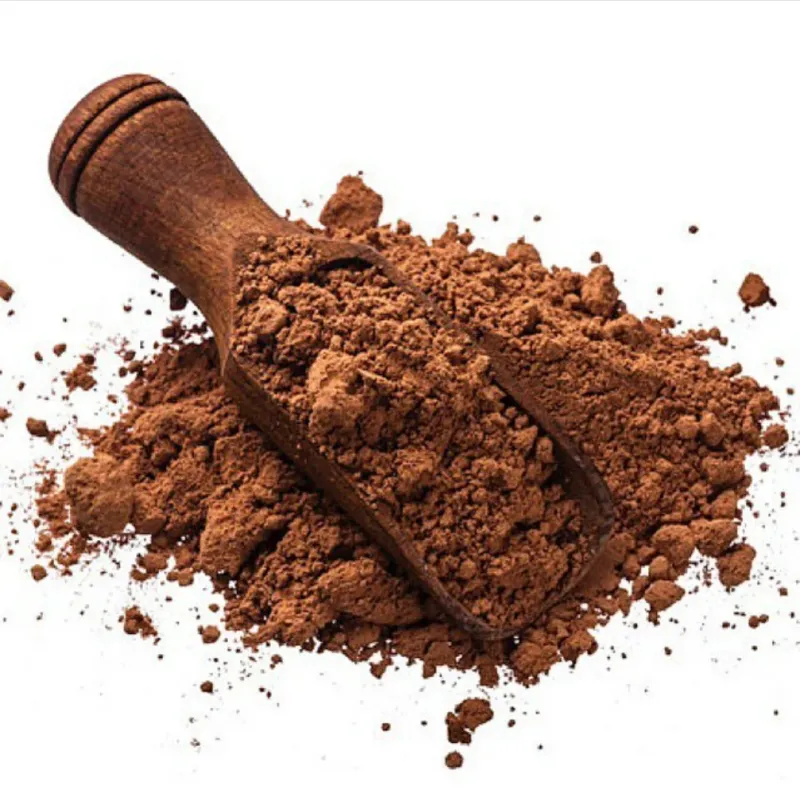
Choosing the right cocoa powder is crucial for chocolate cakes. The quality of cocoa can significantly impact the cake’s flavor and color. Low-quality cocoa may result in a dull taste, lacking the rich chocolatey depth desired. When purchasing cocoa powder, look for ones labeled as unsweetened and Dutch-processed if the recipe calls for it. These are known for their robust flavor and darker hue. Investing in quality cocoa ensures a flavorful outcome that’s worth the effort. Avoiding this mistake helps maintain the integrity of your chocolate.
6. Misjudging Milk Substitutes
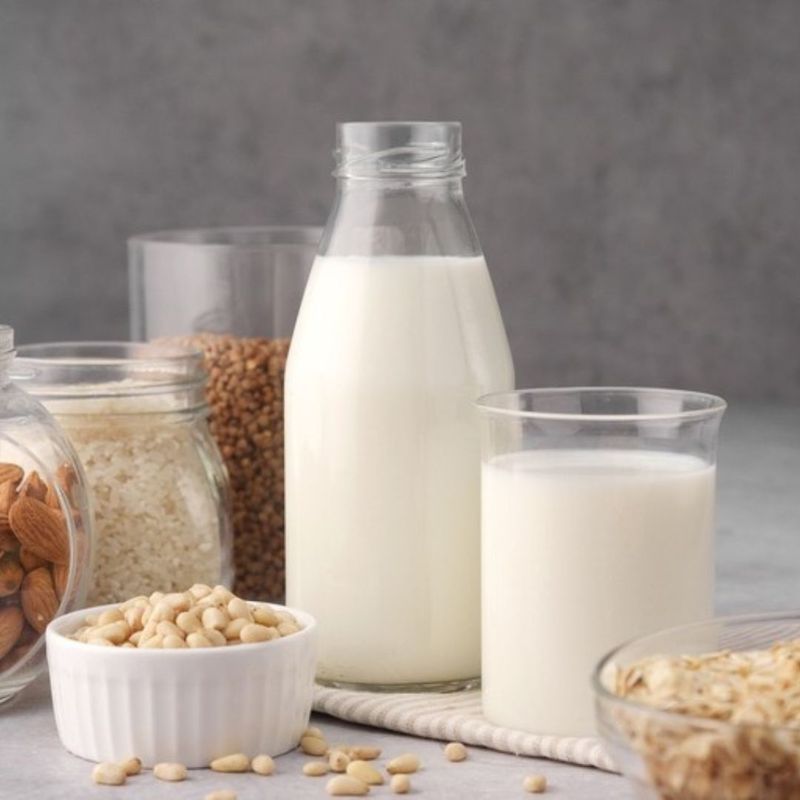
Switching regular milk for a substitute might seem harmless, but different milk variants can alter the cake’s texture and flavor. Almond, soy, and oat milk each have characteristics that interact differently in baking. Some substitutes may add a nuttier taste, while others might affect the cake’s moistness. If your recipe calls for whole milk, try to use it unless a substitute is specifically suggested. When dairy-free alternatives are necessary, consider the recipe’s profile and test with small batches first. This careful approach avoids unexpected results and maintains the cake’s integrity.
7. Improper Egg Temperature
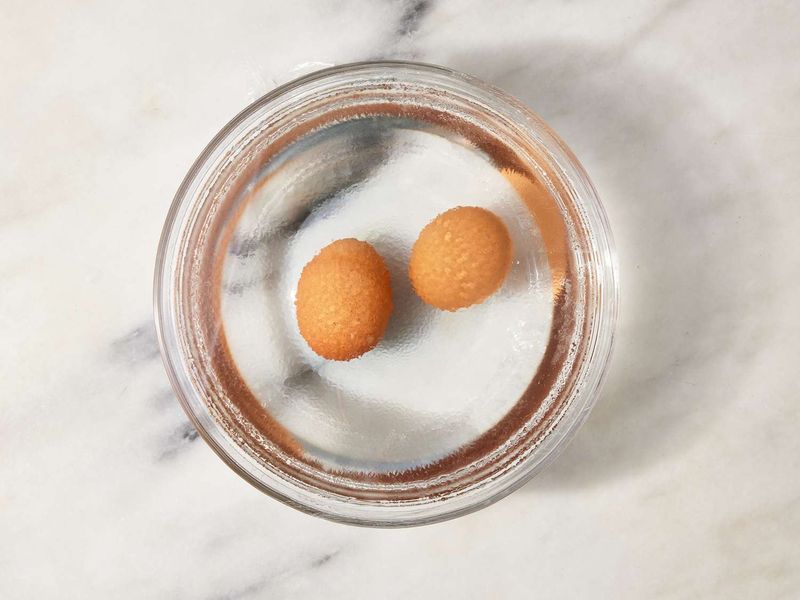
Eggs play a vital role in cake structure, and their temperature can influence the final product. Using cold eggs straight from the fridge might lead to uneven mixing, affecting the cake’s texture. Ideally, eggs should be at room temperature, allowing them to blend smoothly with other ingredients. To quickly warm cold eggs, place them in a bowl of warm water for a few minutes. This simple step can make a noticeable difference in the cake’s consistency. Paying attention to egg temperature ensures a well-mixed batter, contributing to a successful baking endeavor.
8. Improper Fat Choice
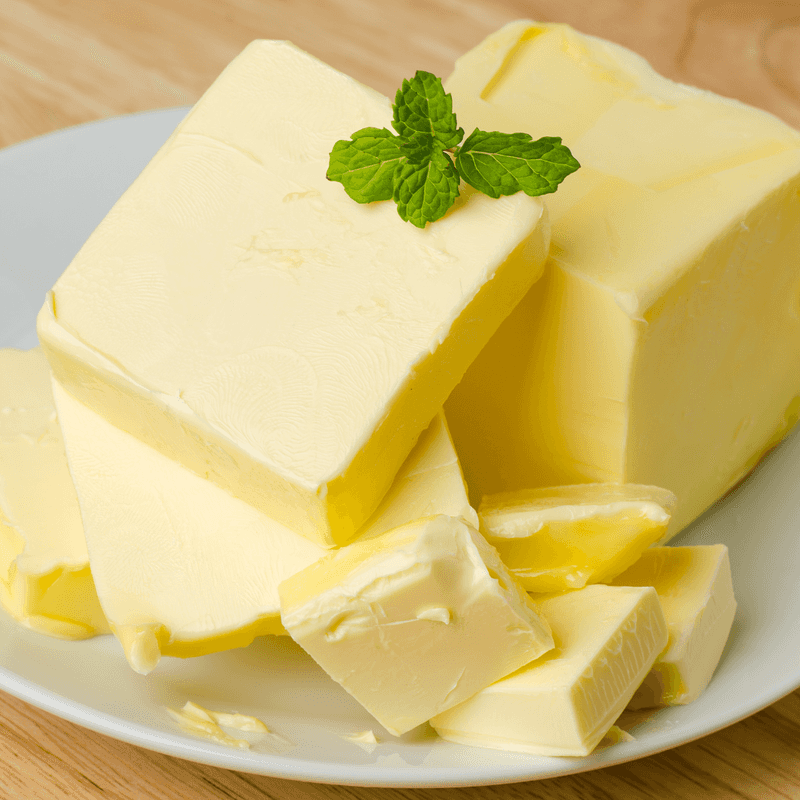
The type of fat used in a cake recipe can affect both flavor and texture. Butter provides a rich flavor, while oil tends to make cakes more moist. Margarine, a common substitute, might not yield the same results as butter. If a recipe suggests a specific fat, it’s best to adhere to it. Experimenting with alternatives could lead to a cake that doesn’t rise properly or feels greasy. Understanding the role of each fat type and its impact on the cake aids in making informed decisions in the kitchen. This knowledge leads to a more satisfying baking experience.
9. Incorrect Baking Soda Usage
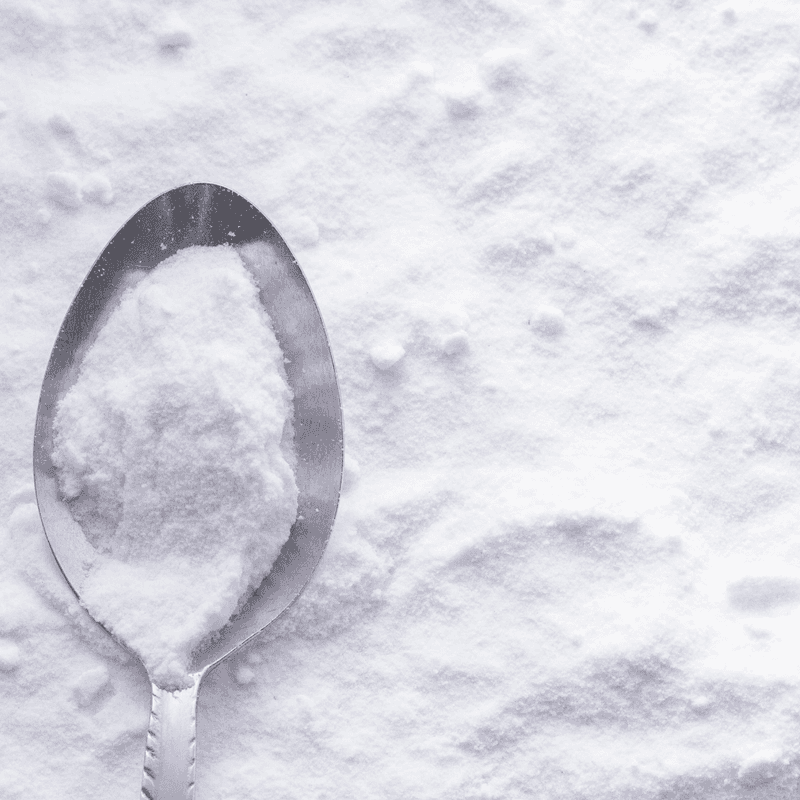
Baking soda is a powerful leavening agent, but using it incorrectly can ruin your cake. It requires an acidic component in the recipe to activate properly. Without this, the cake may not rise as expected and could taste soapy. If you’re unsure about the acidity in your ingredients, stick to recipes that clearly specify baking soda. Watch the measurements closely, as even a small excess can affect the cake’s flavor. Understanding the chemistry behind baking soda helps in using it effectively, ensuring your cake rises well and tastes just right.
10. Skipping Salt
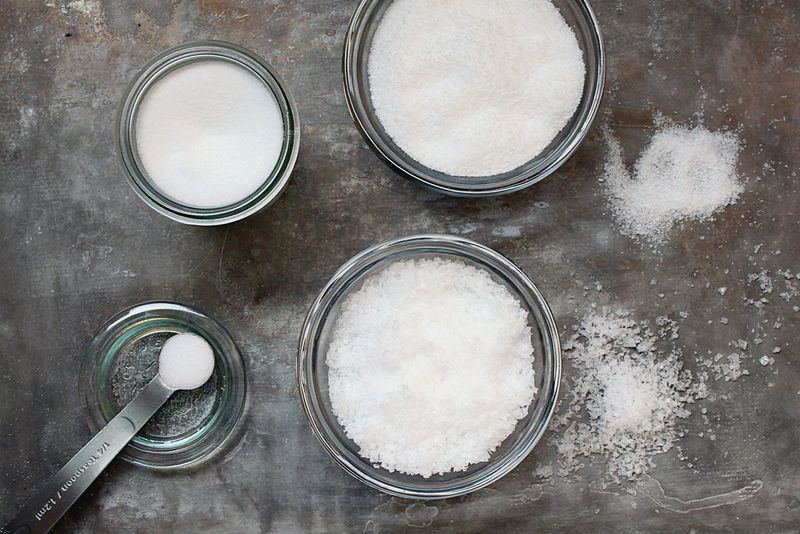
Salt might seem insignificant, but it plays a crucial role in enhancing flavors in baking. Skipping salt can result in a bland-tasting cake, lacking depth and contrast. Even a small pinch can make flavors pop, balancing the sweetness. Follow the recipe’s salt measurement and consider using fine sea salt for even distribution. If you’re reducing salt for dietary reasons, be aware of the flavor trade-offs involved. Recognizing salt’s role in baking ensures a flavorful and satisfying cake that pleases the palate.
11. Not Fresh Lemons

Fresh lemons impart a bright, zesty flavor that bottled lemon juice might lack. When a recipe calls for lemon zest or juice, using fresh lemons can make a noticeable difference. Bottled juice often contains preservatives, altering the taste. Opt for fresh lemons to capture the essence needed. If squeezing fresh juice seems daunting, try a citrus juicer to simplify the process. This attention to ingredient freshness enhances the cake’s flavor, providing a refreshing twist. Avoiding stale lemon products leads to a more delightful baking outcome.
12. Wrong Nut Selection
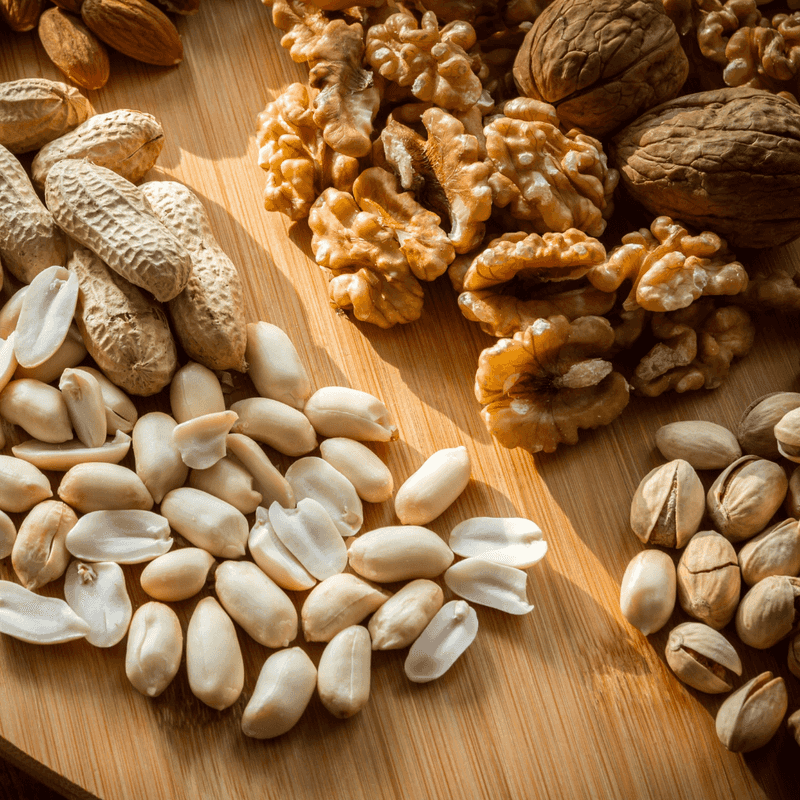
Nuts can add texture and flavor to cakes, but choosing the wrong type might clash with other ingredients. Almonds, walnuts, and pecans each bring different tastes and textures. Consider what complements your cake’s flavors best. Toasting nuts before adding them to the batter can enhance their flavor. Be mindful of nut allergies if serving others and consider alternatives like seeds. Proper nut selection and preparation contribute to a well-rounded cake experience. This thoughtfulness ensures the nuts enhance rather than detract from your cake’s overall appeal.
